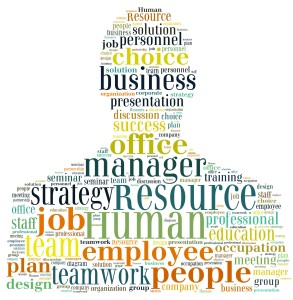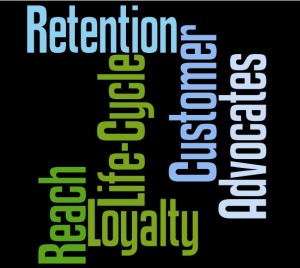The success of any startup starts with building the right team and recruiting the right people; this means keeping an eye on innovations in the human resources space. Human resources can be broken down into two main entities: talent acquisition and talent management. This blog will highlight themes for acquiring new talent and a later post will touch base on managing that talent to stay on board.
1. Tools that help evaluate skill set
No surprise, LinkedIn continues to be the dominant platform for recruiters and corporations to discover potential hires. Rather it be searching and viewing résume-like profiles, or finding articles and blogs posted by members that demonstrate their expertise, the hub has built a reputation among business professional as everyone knows to put their best foot forward on LinkedIn.
Allowing members to upload rich media files is another advantage that LinkedIn offers, but what really excites me are communities like Github and Codewars that serve a specific vertical and have the capability to challenge someone’s skill set. Codewars allows coders to compete in mini challenges to build their reputation in the community. If I were in the market for a programmer, I would check out who’s winning the crowd here.
2. Applicant tracking system
Companies these days are pushing hard for an integrated applicant tracking system. However, LinkedIn has deliberately stayed away from this space, as it is incredibly complex to build a robust system and listing potential customizations for each employer could go on forever. Even the best systems in the market like Taleo and Jobvite have complex interfaces that require training, common tasks that are not easy to execute, and creating a standard report still requires significant manual input and most of them are not compatible to mobile. What the market needs is a product that follows the 80/20 rule that addresses the most important customization while having a very simple user experience. For example, JobSync offers a simplified overlay for major ATS platforms that’s pretty nifty. If you can’t change the way it works, at least change the way it looks.
3. Preemptive recruitment
What most of Karlin Venture’s portfolio companies do when they are looking to hire is to reach out to a couple of potential candidates within their LinkedIn network. In the future, I’d like to see alerts or suggestions that notify you beforehand if a potential candidate is interested in your company or is ready to make a career switch. I think LinkedIn is making progress through the release of features for recruiters to figure out which LinkedIn users are following their company and allowing recruiters to send updates on their company (new job posting, product releases) to their followers to continue to engage potential candidates. I’d like to see LinkedIn take a leap and provide engagement metrics to recruiters, such as the frequency with which certain followers check out the company’s profile or open rates with regards to alerts. I am just waiting for someone to develop kickass (a higher level of) technology for ‘preemptive recruitment.’
Be on the look out for the blog on talent management that will emphasize the importance of retaining talent. What if there is a ‘flight meter’ that warns companies when their most valuable employees are thinking of leaving? Wouldn’t that be cool?!













